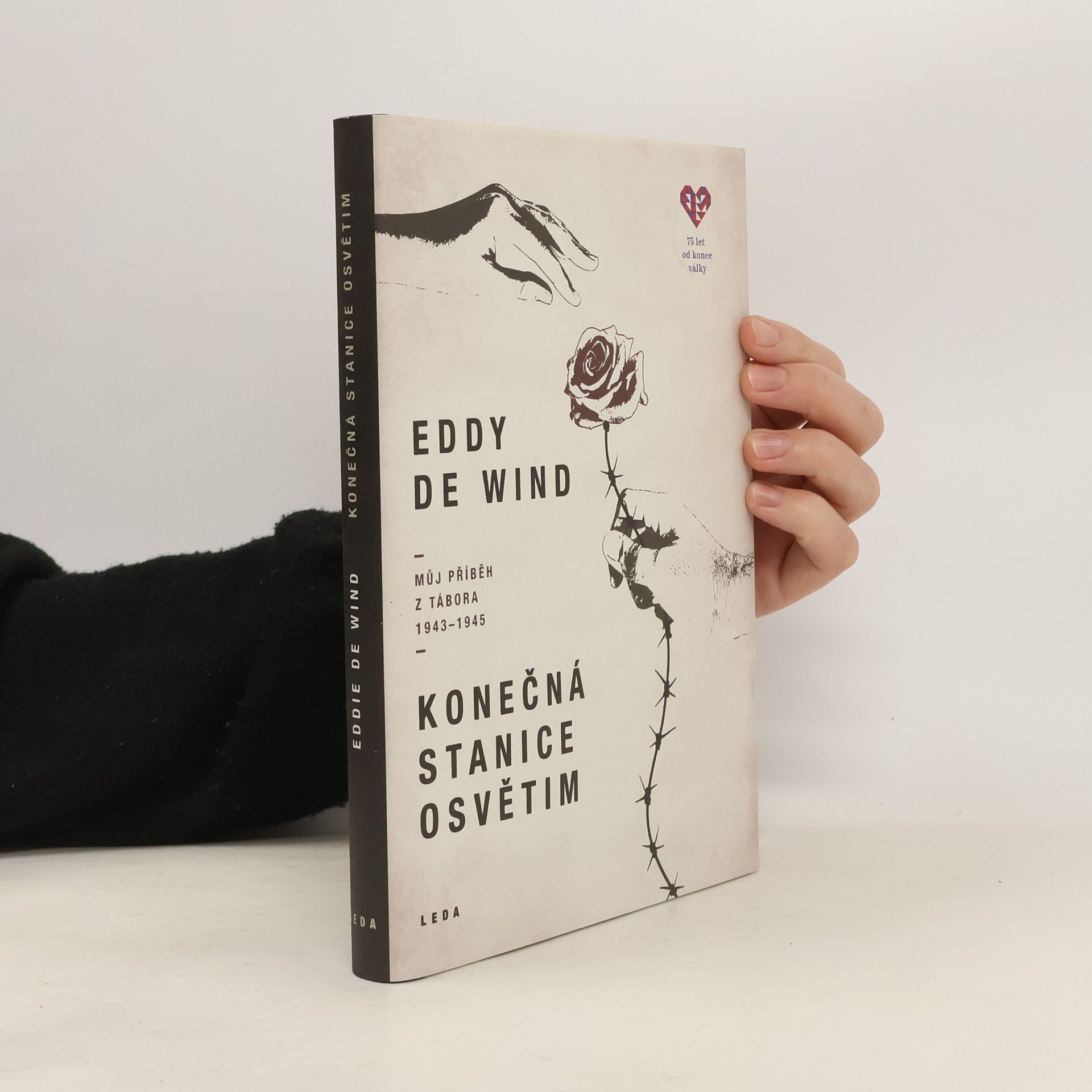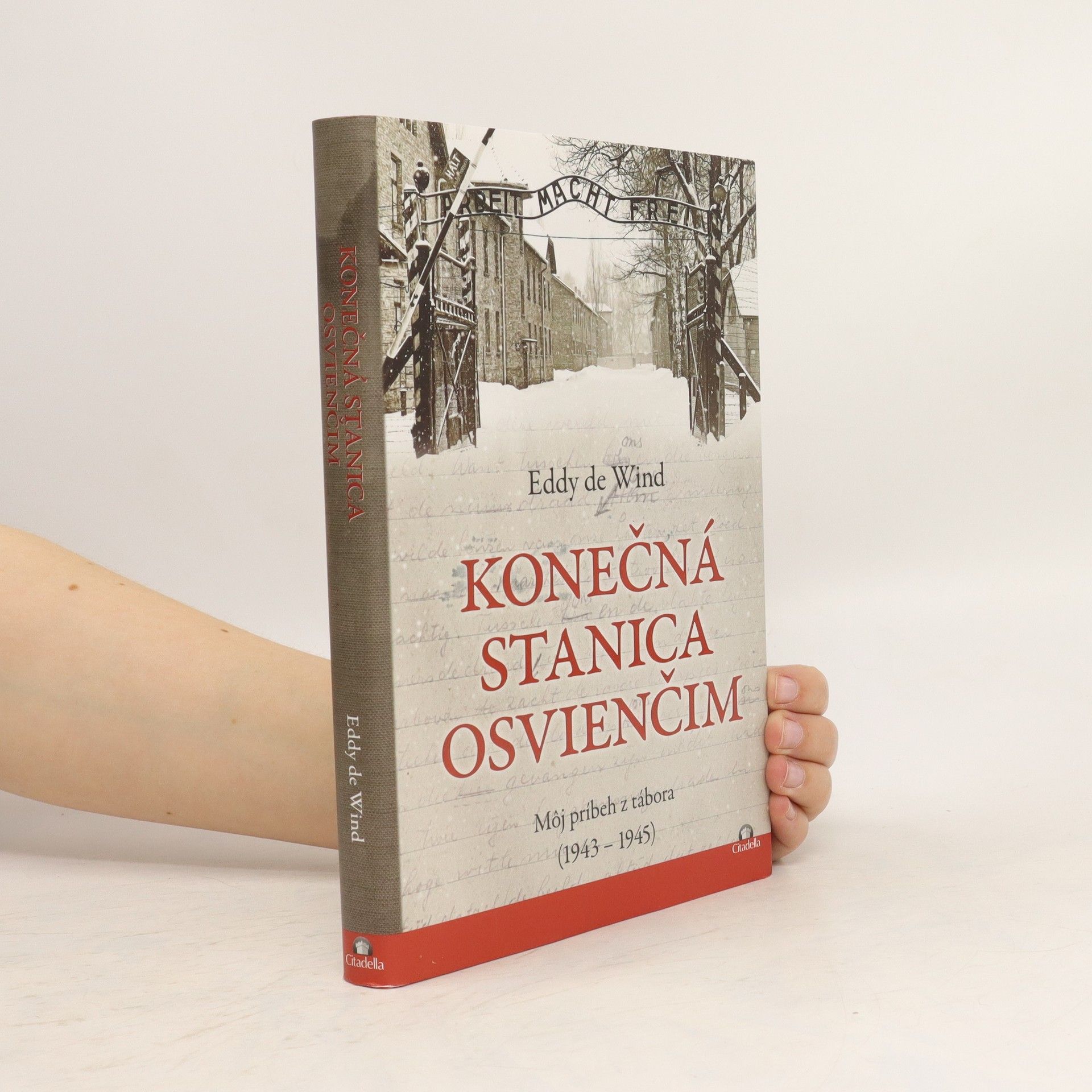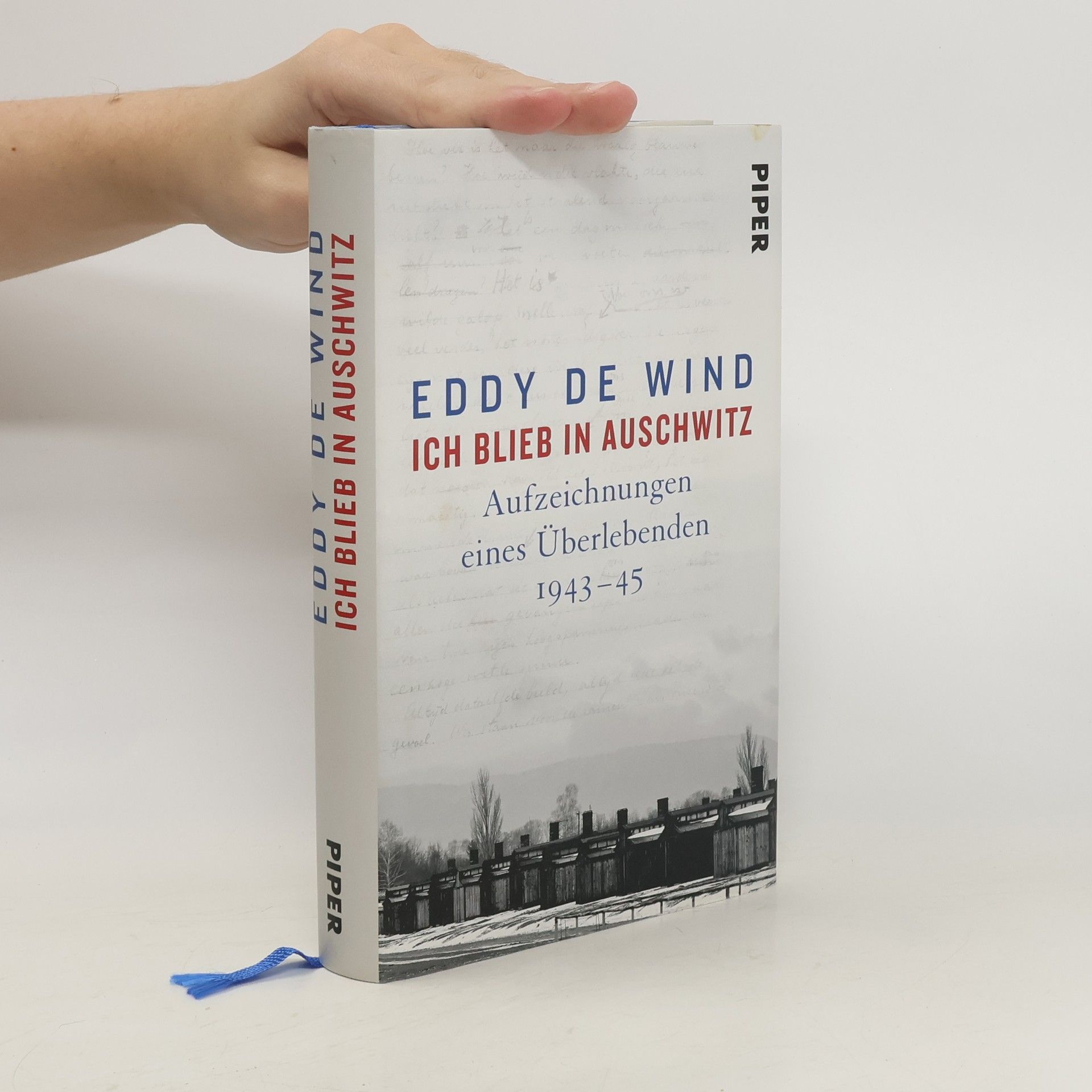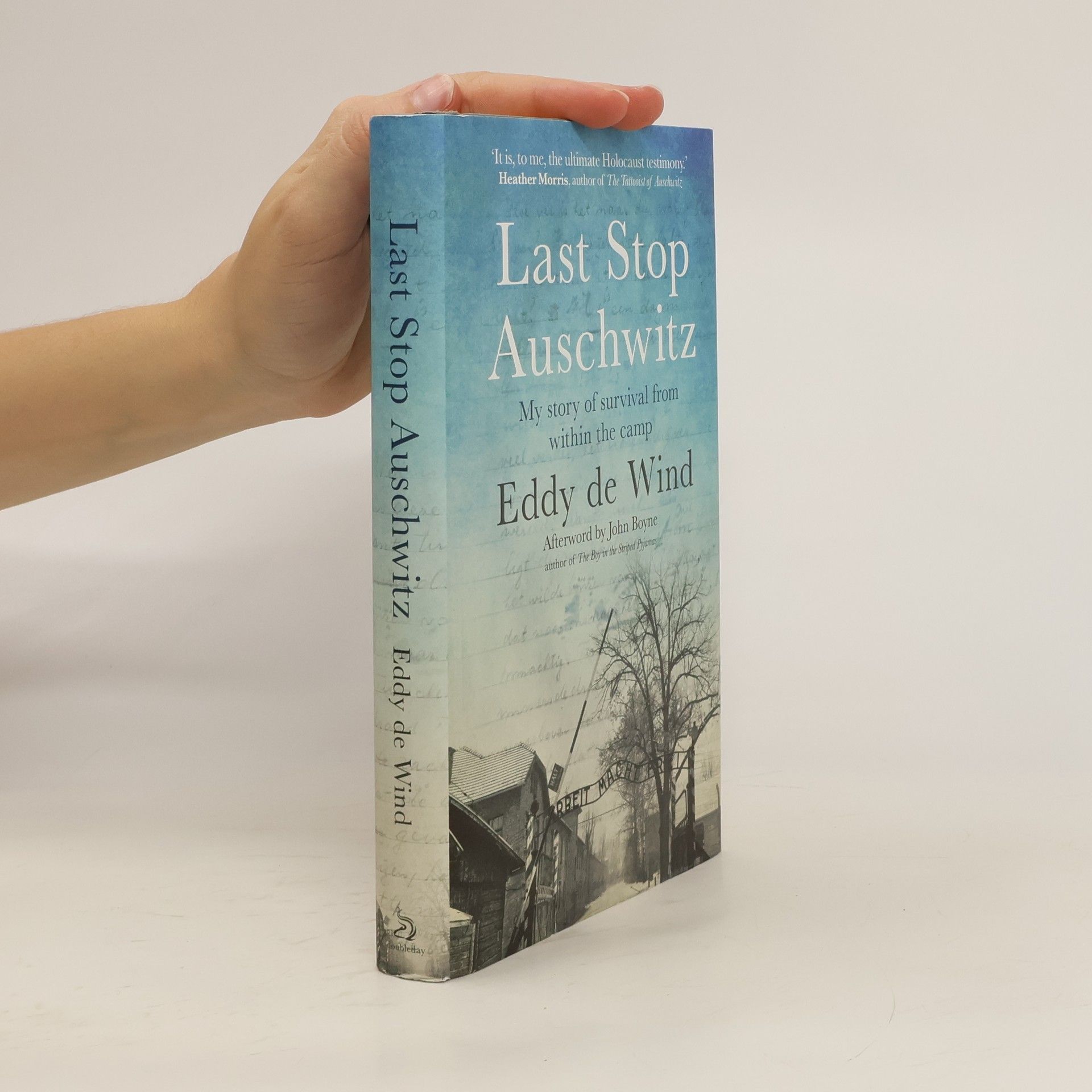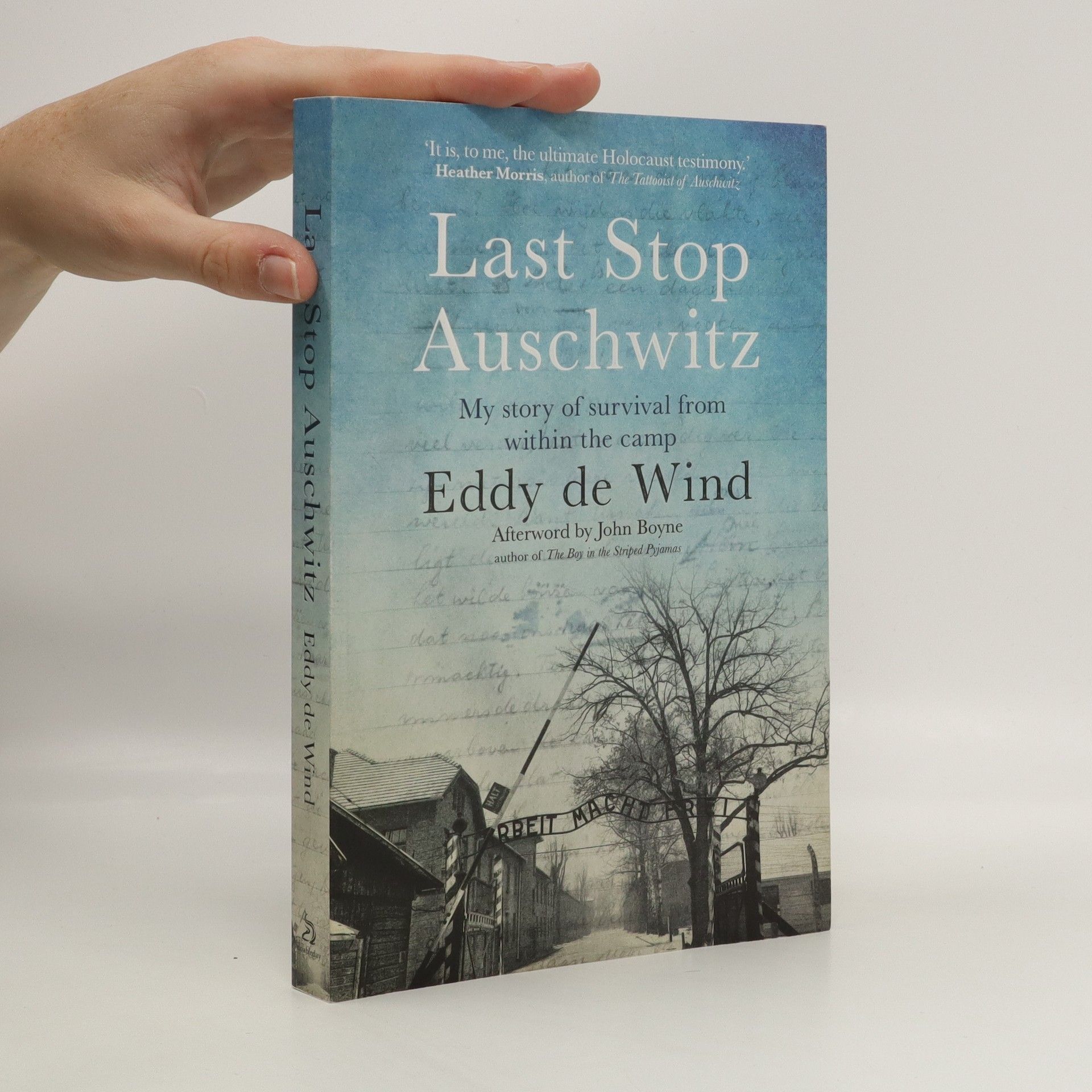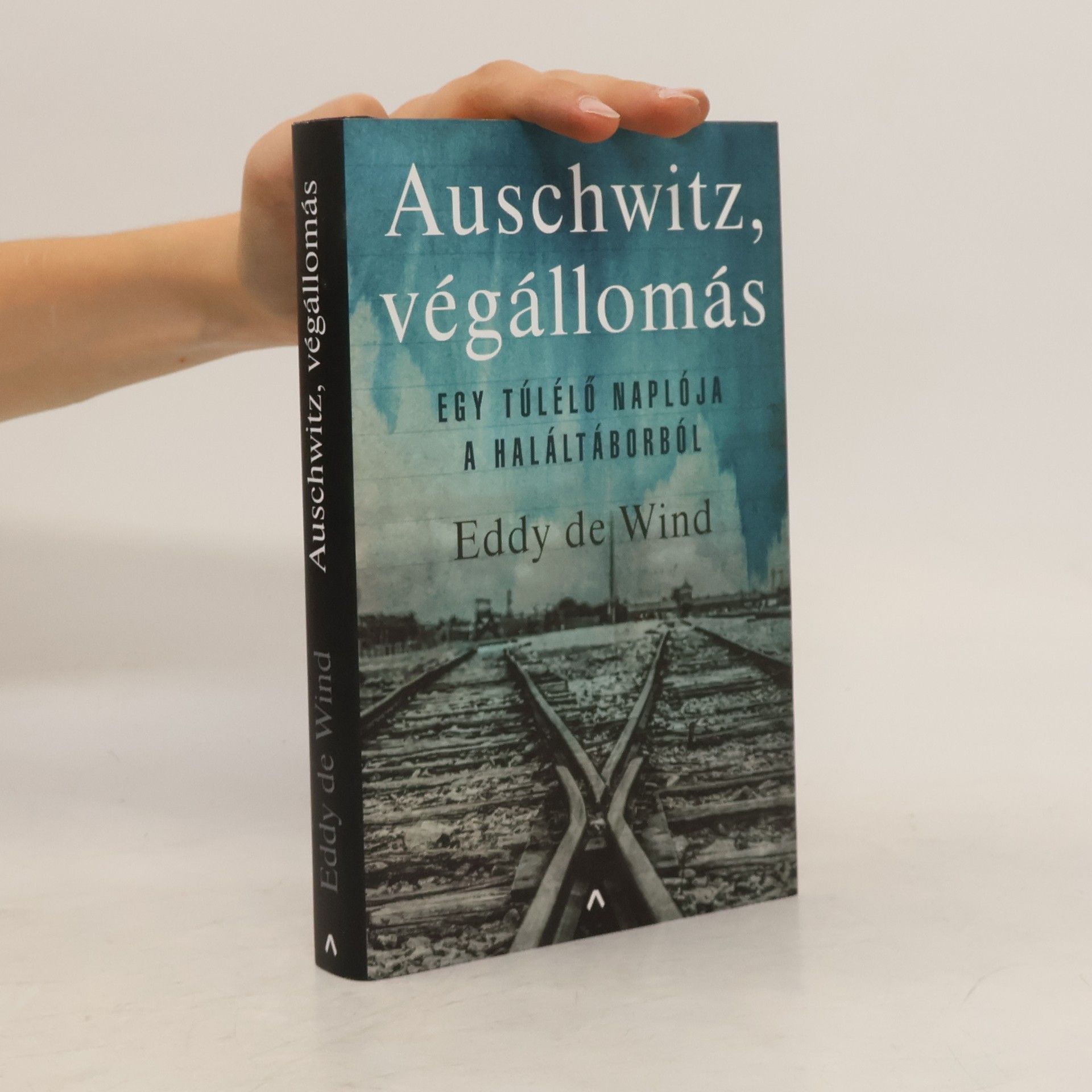Last stop Auschwitz : my story of survival from within the camp
- 272bladzijden
- 10 uur lezen
Eddy de Wind, a Dutch doctor and psychiatrist, was sent to Auschwitz with his wife, Friedel, whom he married at the Westerbork labor camp. They survived the brutal selection process and faced daily battles for survival—Eddy negotiating with volatile guards in the medical barracks while Friedel sought to evade the Nazis' horrific medical experiments. As the war neared its end and the Russian Army advanced, many Nazis fled, taking prisoners with them, including Friedel. Eddy, however, hid under old clothes and began documenting his experiences in a notebook, writing with intense urgency. This account offers a near real-time glimpse into the daily struggle for survival, interwoven with fleeting moments of joy between Eddy and Friedel, such as passing notes through the fence and stealing brief embraces. It captures both the best and worst of humanity, serving as a timeless reminder of our capabilities and the glimmer of hope that can exist even in the darkest of times. Considered the only complete book written within Auschwitz, it leaves a lasting impression long after the final page.


